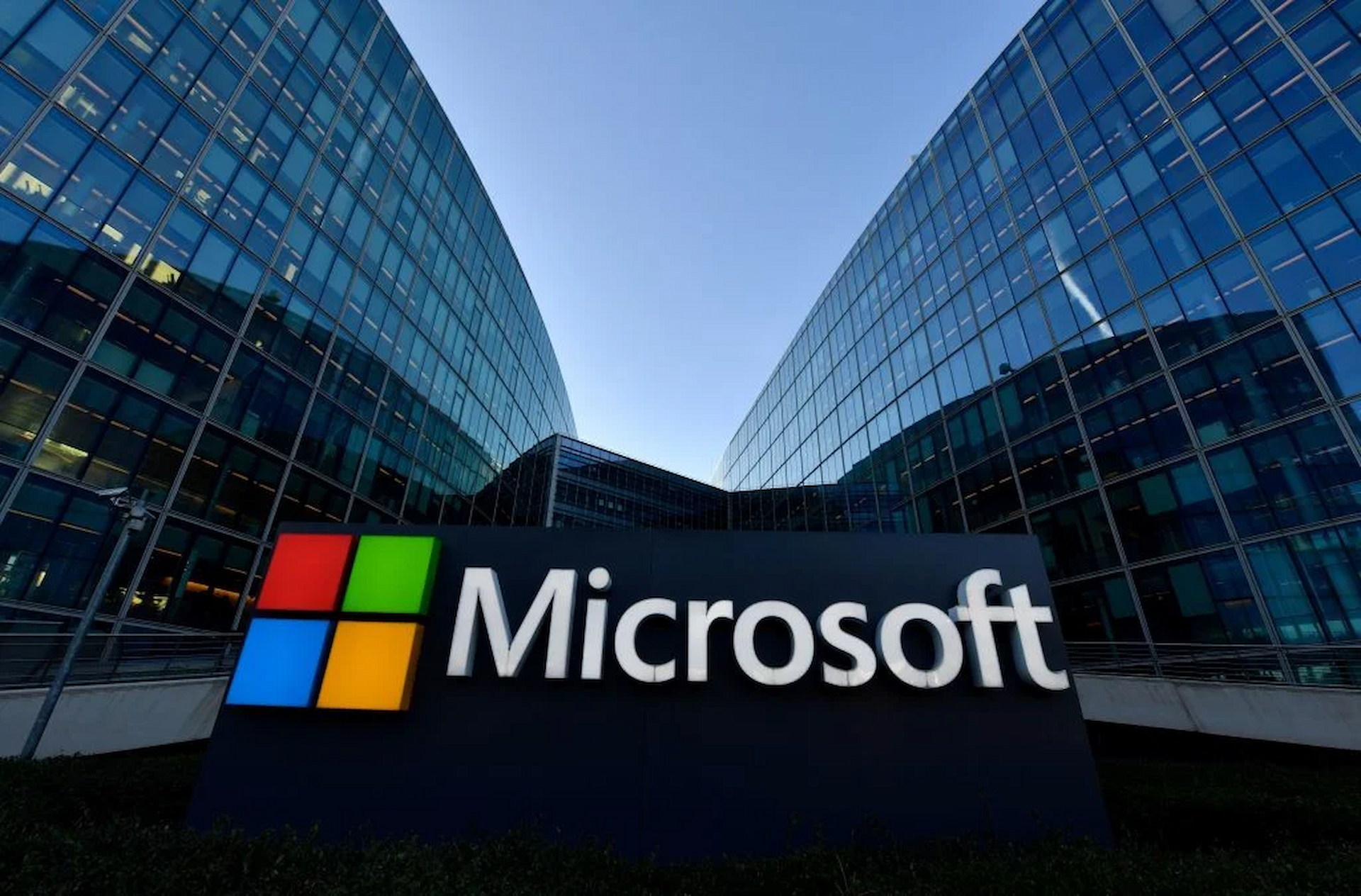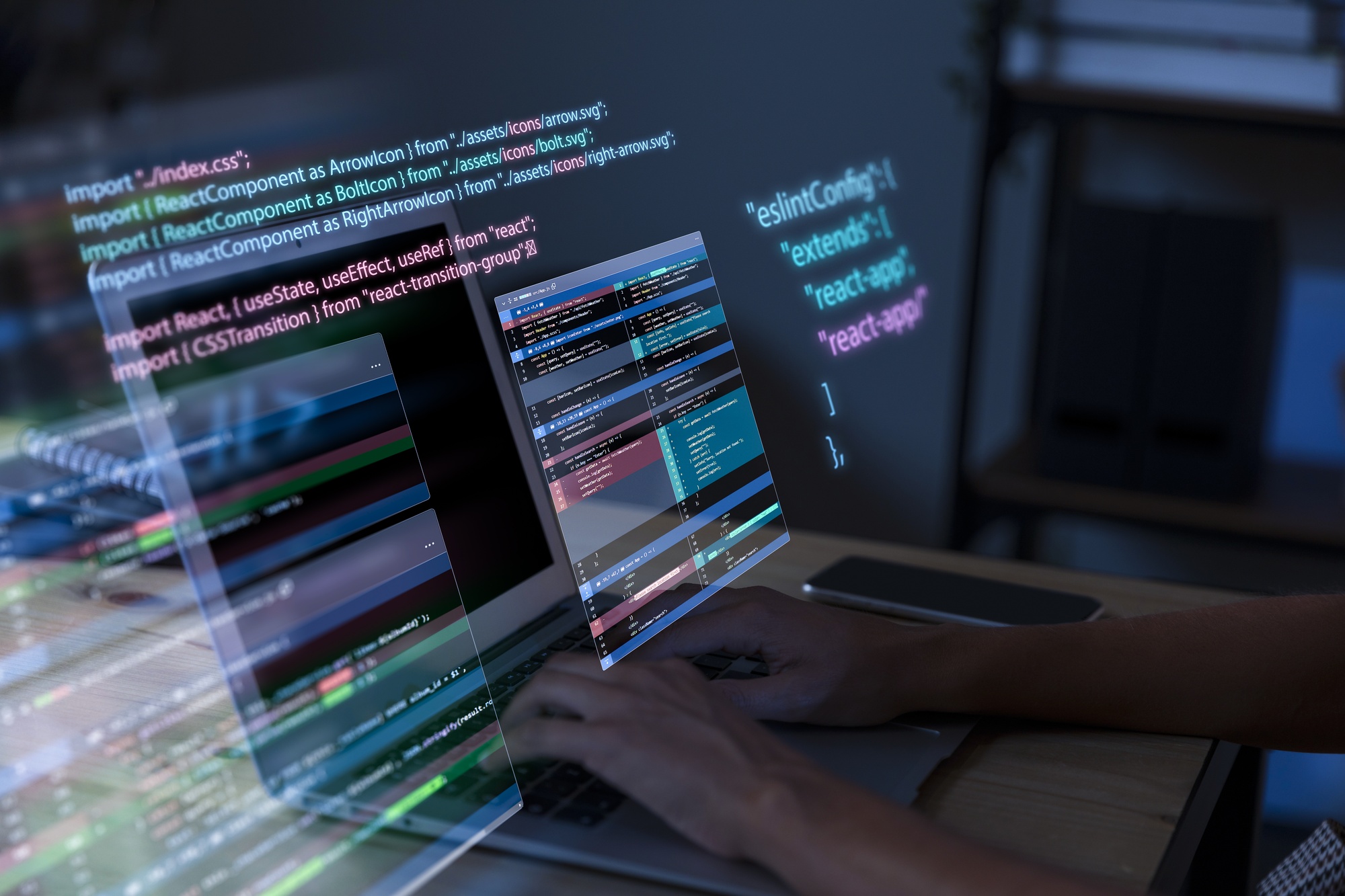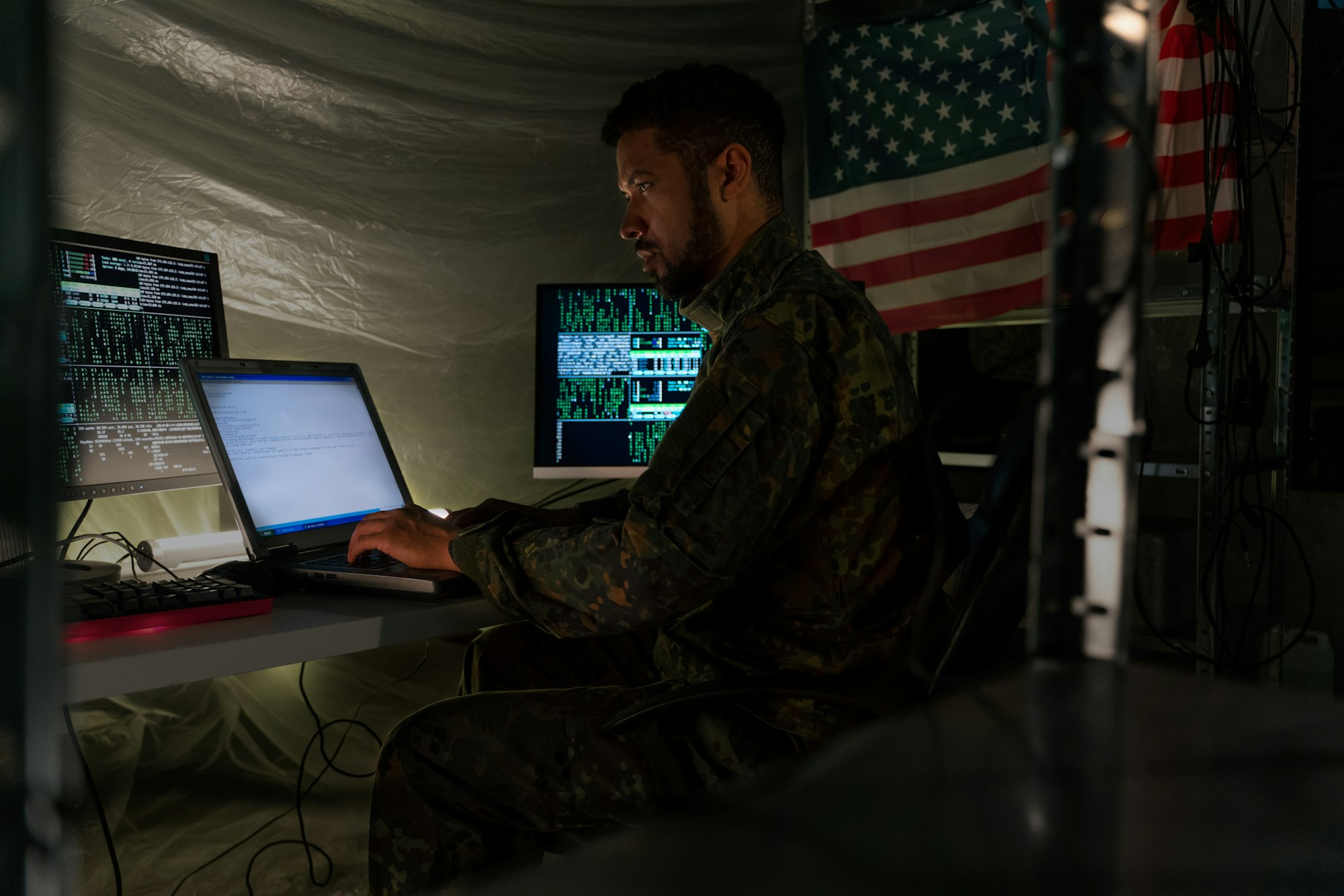Brazil is set to approve its first comprehensive Cybersecurity Legal Framework with Bill No. 4752/2025. The legislation creates a National Cybersecurity Authority and requires compliance for government procurement, with shared responsibility for supply chain security incidents.
The framework aims to unify the country’s fragmented cybersecurity policies. Government agencies will follow ANC standards, while companies delivering services to public entities must meet minimum cybersecurity requirements.
The ANC will also publish lists of compliant suppliers, providing a form of certification that could enhance trust in both public and private partnerships.
Supply chain oversight is a key element of the bill. Public bodies must assess supplier risks, and liability will be shared in the event of breaches.
The law encourages investment in national cybersecurity technologies and offers opportunities for companies to access financing and participate in the National Cybersecurity Program.
Approval would make Brazil one of the first Latin American countries with a robust federal cybersecurity law. The framework aims to strengthen protections, encourage innovation, and boost confidence for citizens, businesses, and international partners.
Companies that prepare now will gain a competitive advantage when the law comes into effect.
Would you like to learn more about AI, tech and digital diplomacy? If so, ask our Diplo chatbot!









